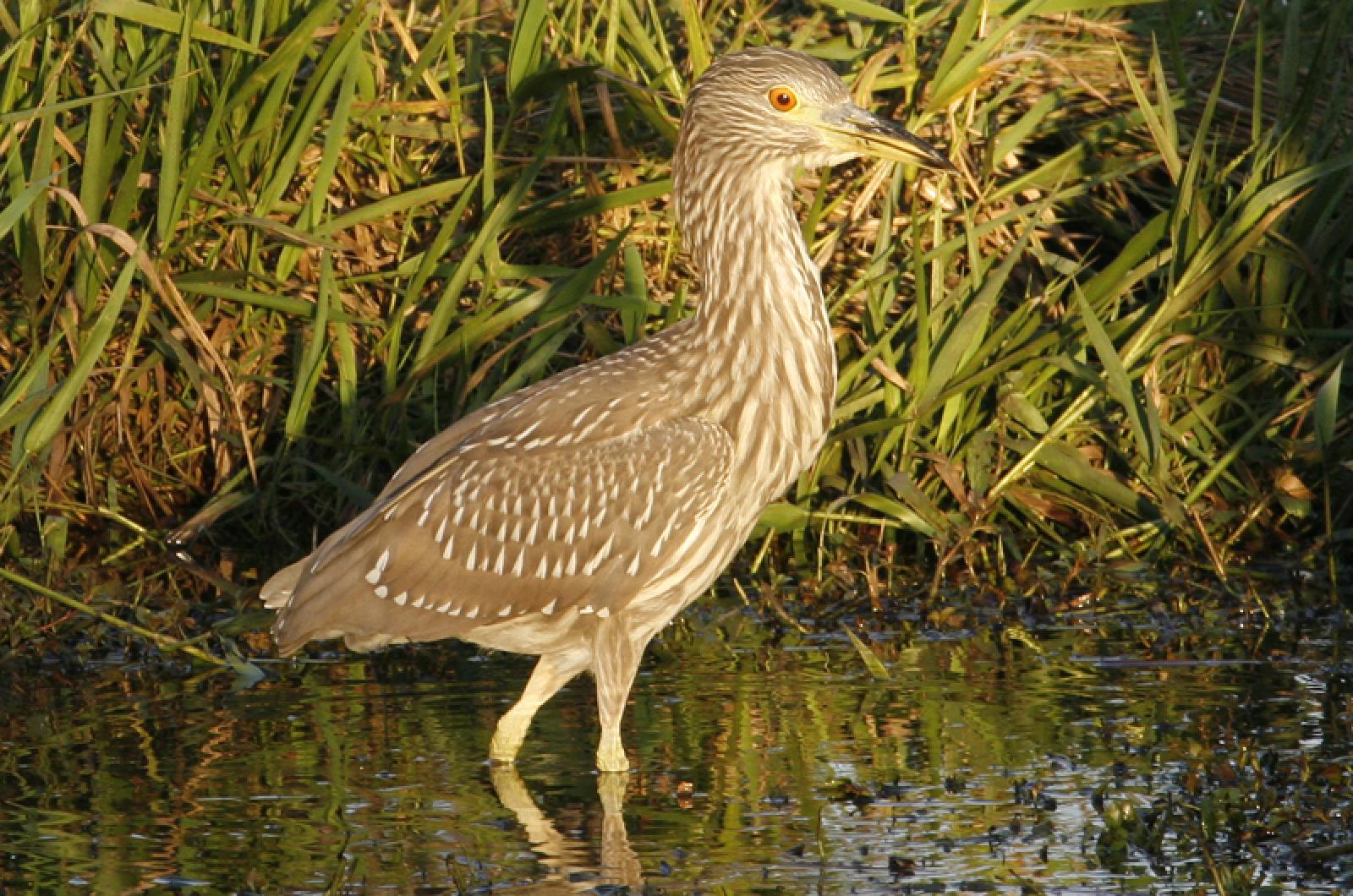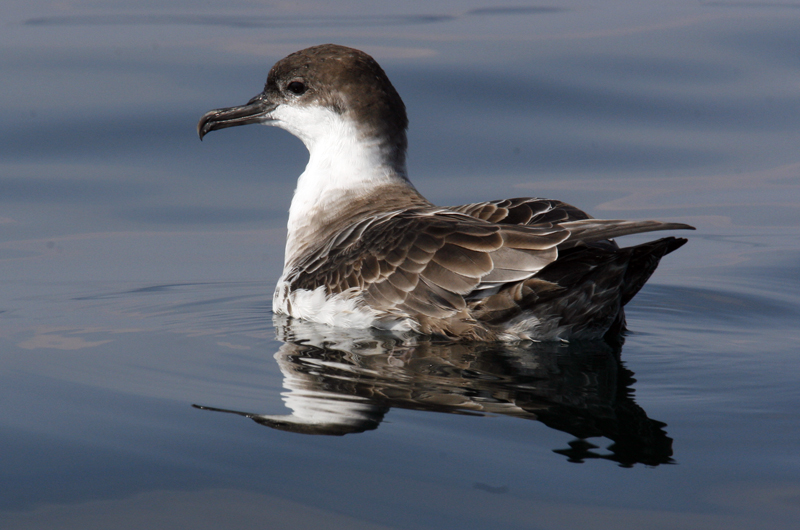Virginia rails are secretive birds of the marshes. They are heard more than they are seen. They breed on the Island, though we do not know whether they are rare or abundant. Unfortunately, the former is more likely. Colin Floyd’s sighting of a Virginia rail with chicks in a State Road wetland near turn off to Squibnocket Beach on June 25 provides proof of breeding at one location. The previous confirmation of their breeding was in 2013, when Luanne Johnson observed a breeding pair in the marsh at Sheriff’s Meadow Sanctuary.
Matt Pelikan observed a brown thrasher along the northern edge of the airport on June 26. This is an uncommon species that has not been confirmed as a breeding species in years.
Evidence of nesting birds is easy to find at this season. There are young birds all over the place, and with a little patience it is possible to see the adults feeding their young. Many of our beaches show evidence of nesting birds. The earliest nesting oystercatchers and plovers are now fledging their young. Many observers have reported the nearly grown chicks on beaches across the Island. Other nests failed so the birds are re-nesting.
Bird Sightings
Sarah Mayhew and Flip Harrington report that there were greater shearwaters on June 26 in Vineyard Sound north of Menemsha. These birds are migrants from the southern hemisphere, escaping from the storms of the winter in the South Atlantic. They migrate northward over the warmer waters of the Gulf Stream, where their food is abundant. They may spend the summer at Georges or Stellwagen Bank, or elsewhere in the North Atlantic. In a few months they will return to oceanic islands in the South Atlantic, where they nest during the Austral summer.
Unfortunately, this is the time of year when dead greater shearwaters wash up on our beaches. Karen Mead reports finding four dead greater shearwaters on the beaches of Aquinnah.
Wading birds that do not breed here are beginning to show up. Let’s call this movement post-breeding dispersal rather than migration as it is still only the early days of summer. The first great blue heron of the season was reported by Robert Jampol, along the shores of Sengekontacket Pond on June 26. He also reports finding willets, American oystercatchers, five green herons, a great egret and one black skimmer.
Steve Allen was at Felix Neck on June 25 when a visitor reported snowy egrets in a marsh. He confirms that there was a flock of at least seven snowy egrets, which is a large gathering for the Island as they are now only a sporadic visitor. They used to be an abundant breeding species 30 years ago. Perhaps they are making a comeback as Jacqueline Beauvais Cromwell noted that she has seen quite a few snowies this year. Steve also reports a juvenile black-crowned night-heron at Felix Neck on June 26. On June 23, the Felix Neck Early Birders walk noted tree swallow, oystercatchers and willets.
Finally, Doreen McCabe saw a yellow warbler at South Beach, and Arlene Prisco saw one at one at Farm Pond on June 24.
Some birds are finished breeding for the season and have started their post-breeding dispersal. Please keep us up to date by reporting your sightings to birds@mvgazette.com.
Robert Culbert leads Saturday morning guided birding tours and is an ecological consultant living in Vineyard Haven.










Comments (1)
Comments
Comment policy »